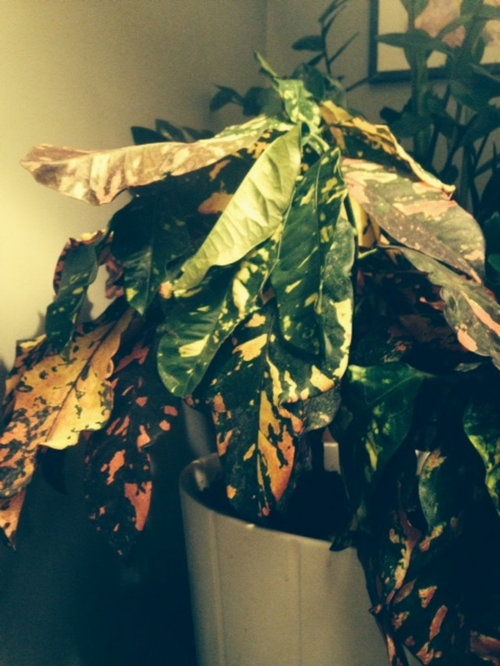sagging leaves, mites and mold
heatherjwalter
9 years ago
Related Stories

HEALTHY HOMEWhat You Need to Know About Dust and How to Fight It
Breathe easier with these 10 tips for busting mites, dander and other microscopic undesirables
Full Story
GARDENING AND LANDSCAPINGPool-Friendly Patio Materials
Get a pool patio to match your style at a price that doesn't leave you high and dry
Full Story
HEALTHY HOMEHow to Keep Water Vapor From Ruining Your House and Your Health
We help you find out when it’s happening, what it means and how to fix it
Full Story
HEALTHY HOME18 Ways to Allergy-Proof Your Home
If you're itching to reduce allergy symptoms, this mini guide to reducing allergens around the house can help
Full Story
DECORATING GUIDESBreathe Easier by Allergyproofing Your Home
Don't turn your nose up at these simple ways to keep pollen and other allergens from infiltrating your home
Full Story
HOUZZ TOURSHouzz Tour: Major Renovations Aid a Usonian Home
Its classic lines got to stay, but this 1950s home's outdated spaces, lack of privacy and structural problems got the boot
Full Story
HOUSEPLANTSPlay Up Some Fiddleleaf Figs for a Lively Indoor Tune
Strike a dramatic chord in a minimalist scene or a country note in a rustic setting — fiddleleaf fig plants harmonize with any style
Full Story
FEEL-GOOD HOME10 Ways to Fight Pollen at Home
Keep sneezing and stuffiness to a minimum by making your house as pollen free as possible
Full Story
FURNITURESmart Shopper: How to Buy a Mattress
Confusing options, hair-raising prices, haggling ... Our guide can keep you from losing sleep over mattress shopping
Full Story
HOUSEKEEPINGHow to Clean and Care for Your Mattress
See what the experts recommend to protect your mattress from dust, moisture and stains
Full StoryMore Discussions












heatherjwalterOriginal Author
MrBlubs
Related Professionals
Allentown Landscape Architects & Landscape Designers · Danbury Landscape Architects & Landscape Designers · Deer Park Landscape Architects & Landscape Designers · Glen Ellyn Landscape Architects & Landscape Designers · Jennings Landscape Architects & Landscape Designers · Salem Landscape Architects & Landscape Designers · McKinney Landscape Contractors · Stamford Landscape Contractors · Farmington Landscape Contractors · Lakeville Landscape Contractors · Lynn Landscape Contractors · Rosemount Landscape Contractors · Saint Paul Landscape Contractors · Whittier Landscape Contractors · Barstow Interior Designers & Decoratorstapla (mid-Michigan, USDA z5b-6a)